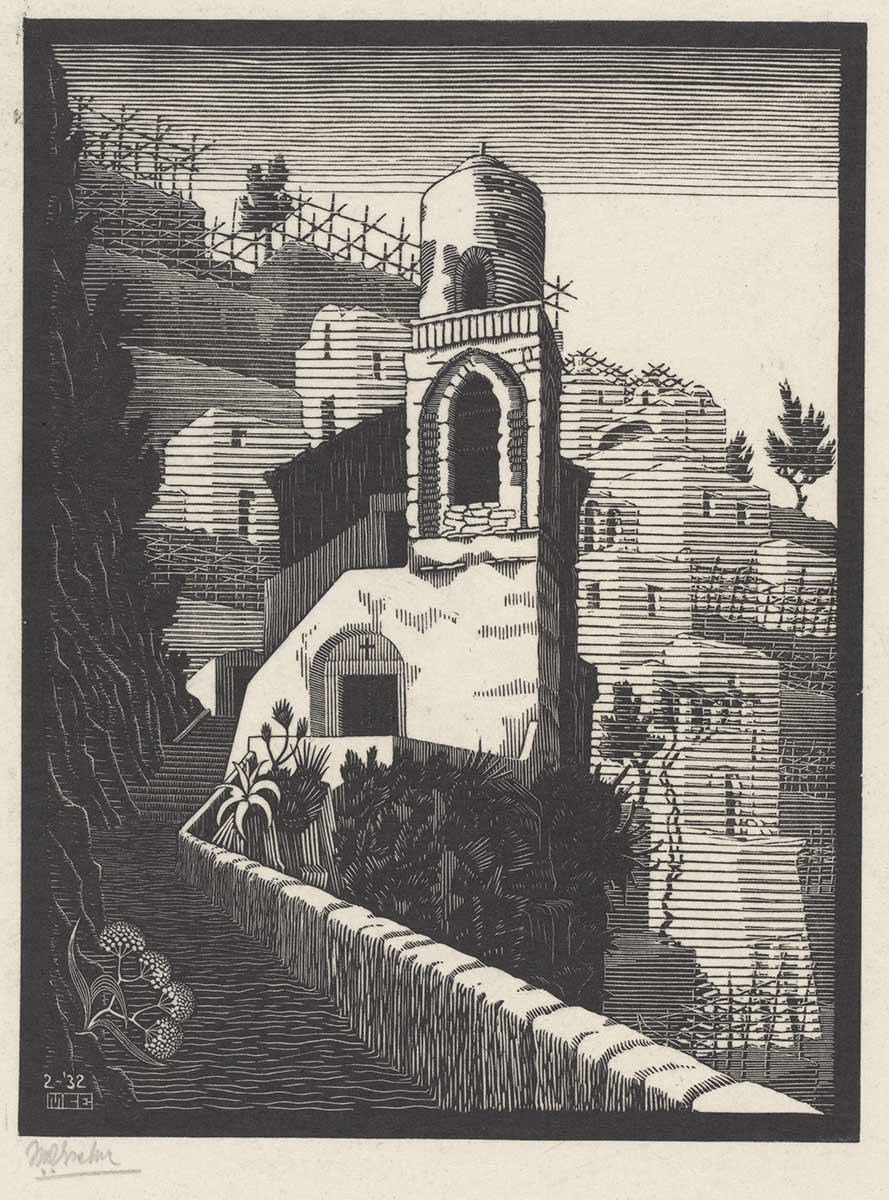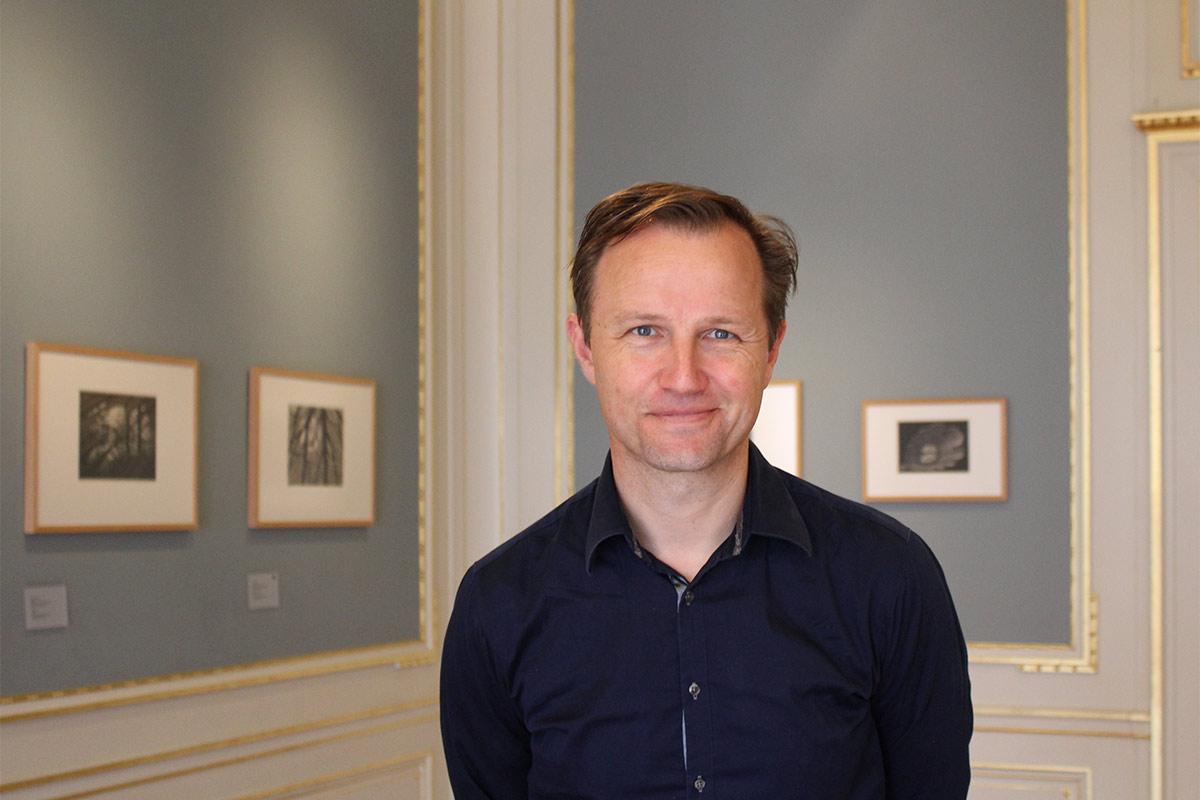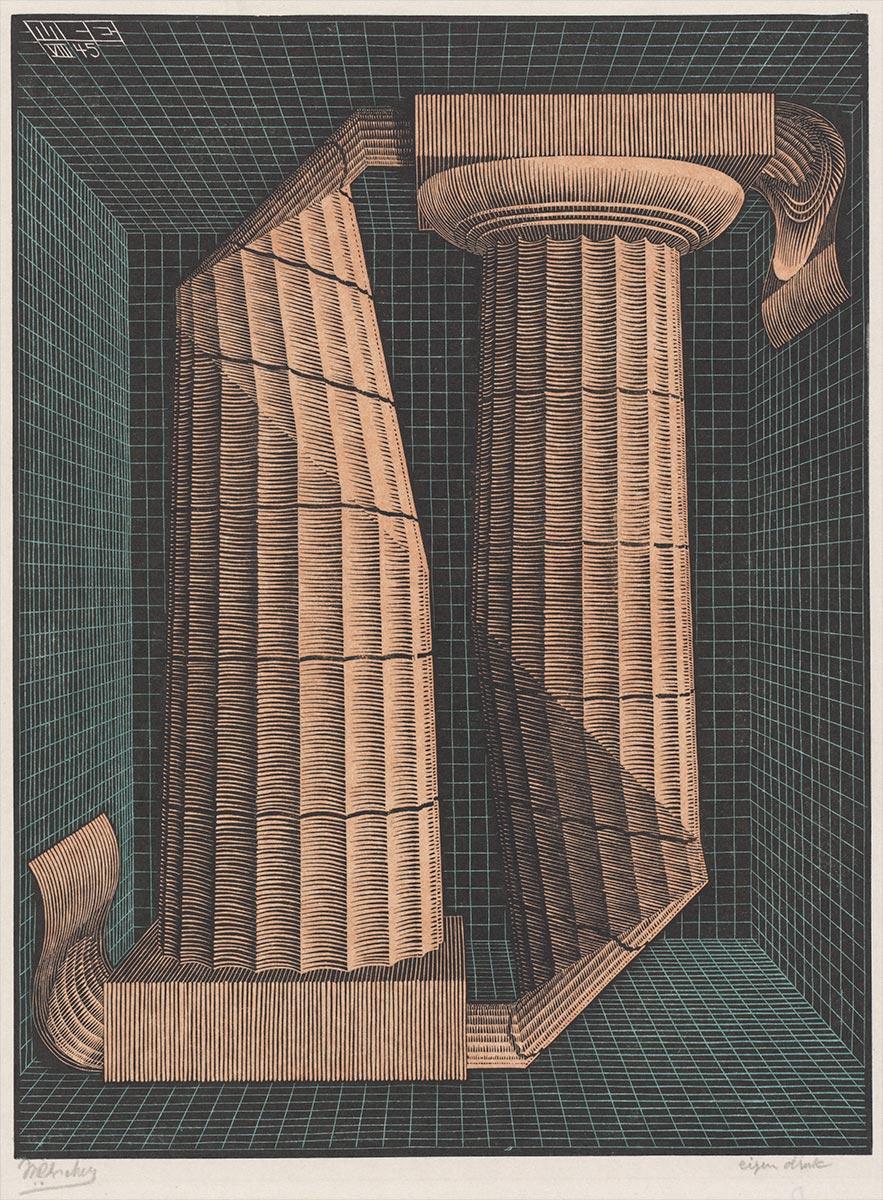

Up early this morning to join the three Germans, the Stern family, on a trip to Giarre by train to see the same lava flow (from 1928) that I already saw and drew three years ago. There, I find a particularly typical subject: a house with a beautiful palm behind it, spared from the heavy lava destruction and completely surrounded by black lava.
Escher wrote this in his travel diary on 4 May 1936, detailing his voyage on and around the Mediterranean. The house — the subject of a drawing and (in August) of a lithograph — had (almost) fallen prey to a powerful opponent: Mount Etna.

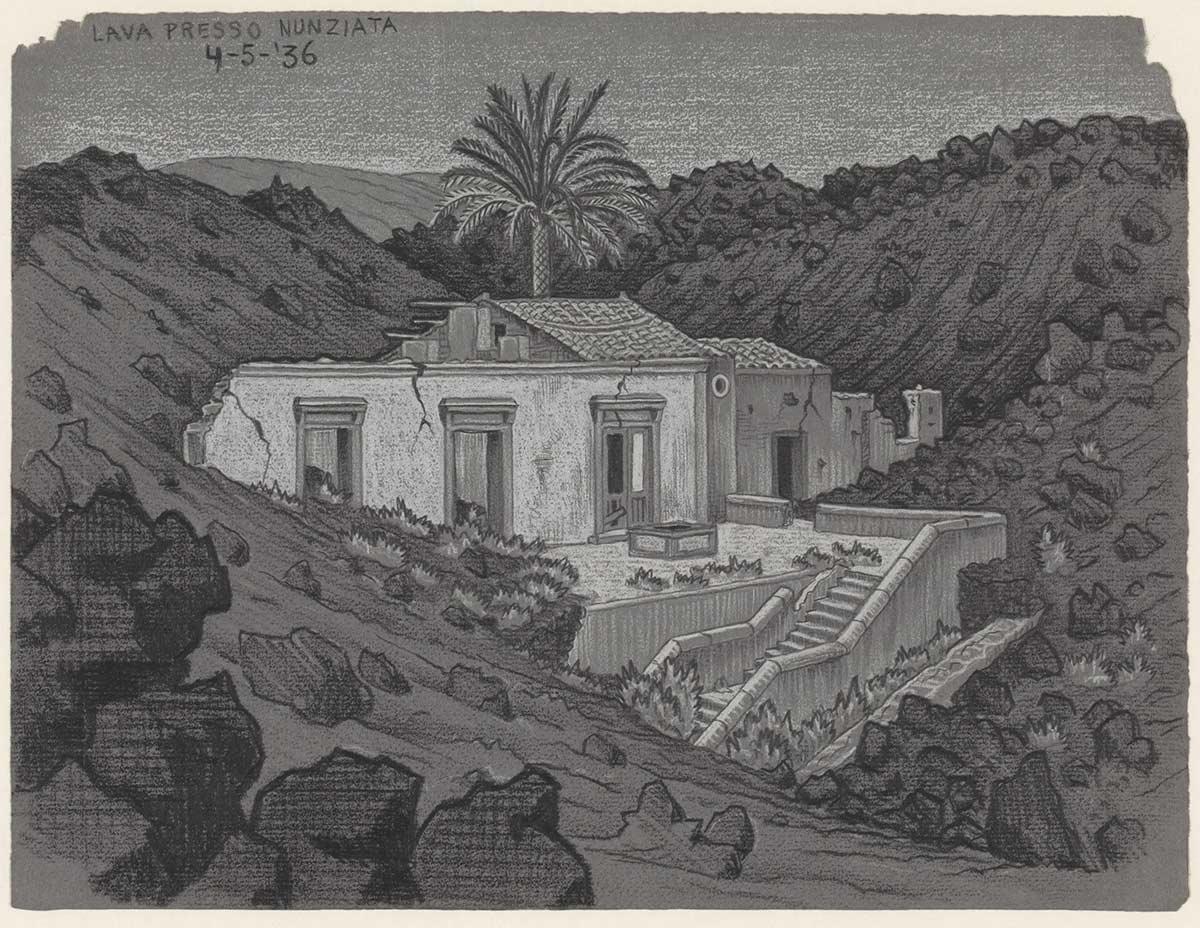
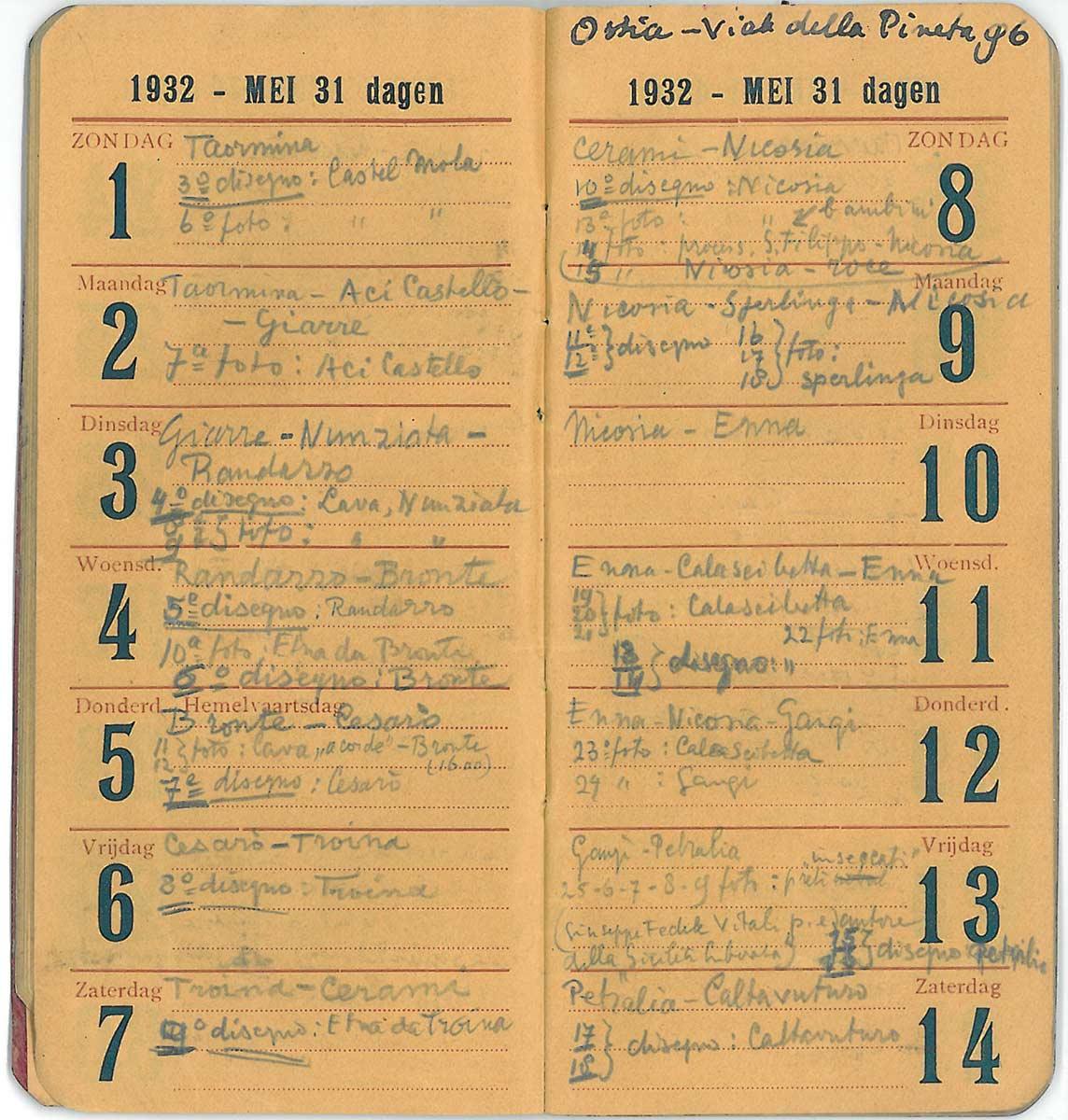
The volcano on the east side of the Italian island of Sicily has captured the imagination for thousands of years. That’s because all that time it has brought blessings as well as despair. The volcanic soil is very fertile, so the slopes have been used for agriculture since time immemorial. But, after Stromboli, Mount Etna is also the most active volcano in Europe and one of the most active in the world. Documented eruptions of Mount Etna date back to 1500 BC. There have been countless eruptions. Often small, but sometimes also huge, resulting in thousands of deaths. Nowadays there are hardly any deaths, but the number of eruptions has only increased during the 20th and 21st centuries, often resulting in extensive damage. As is the case with other active volcanoes, the dormant threat lurking in Etna’s distinctive volcanic cone is part of its considerable appeal for travellers, adventurers and artists.
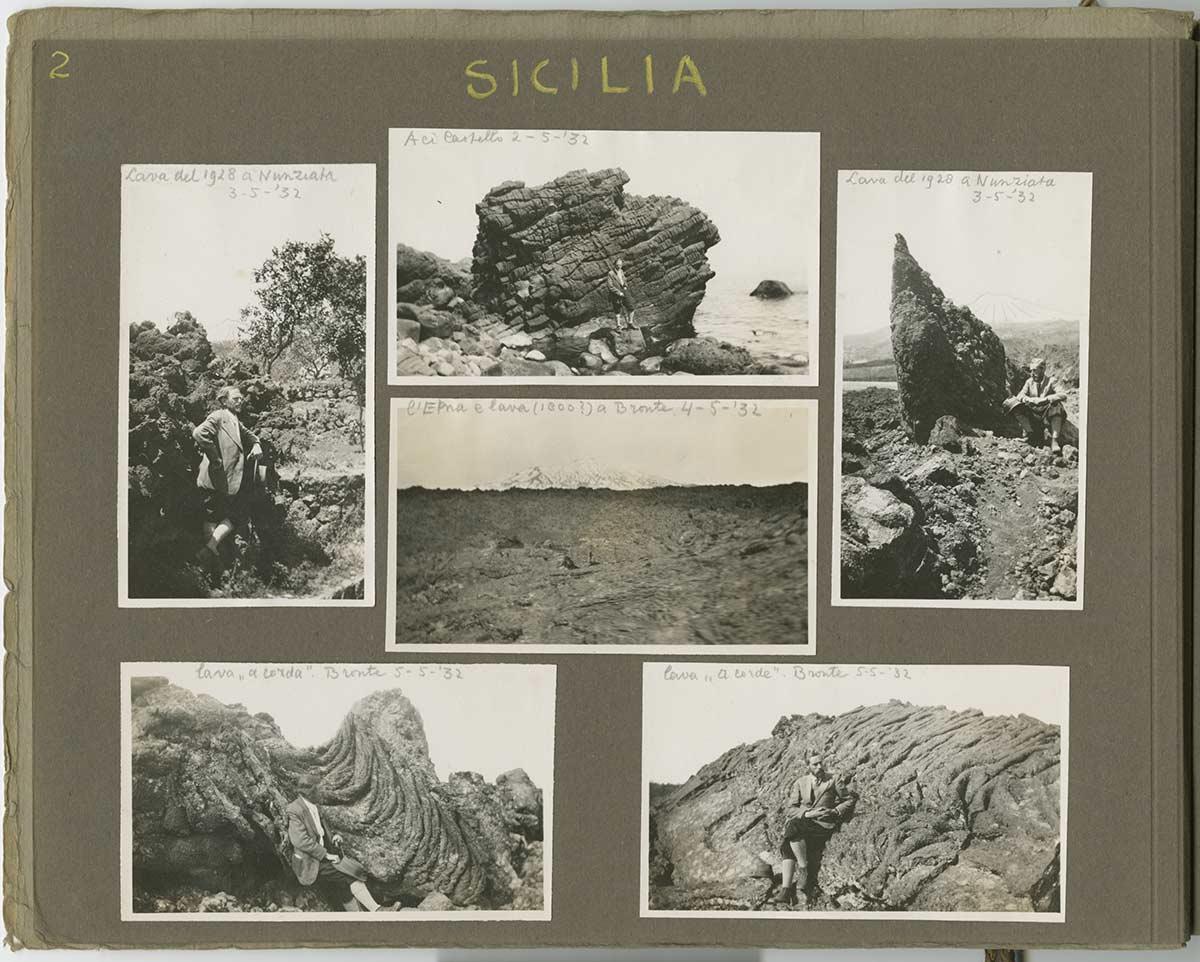
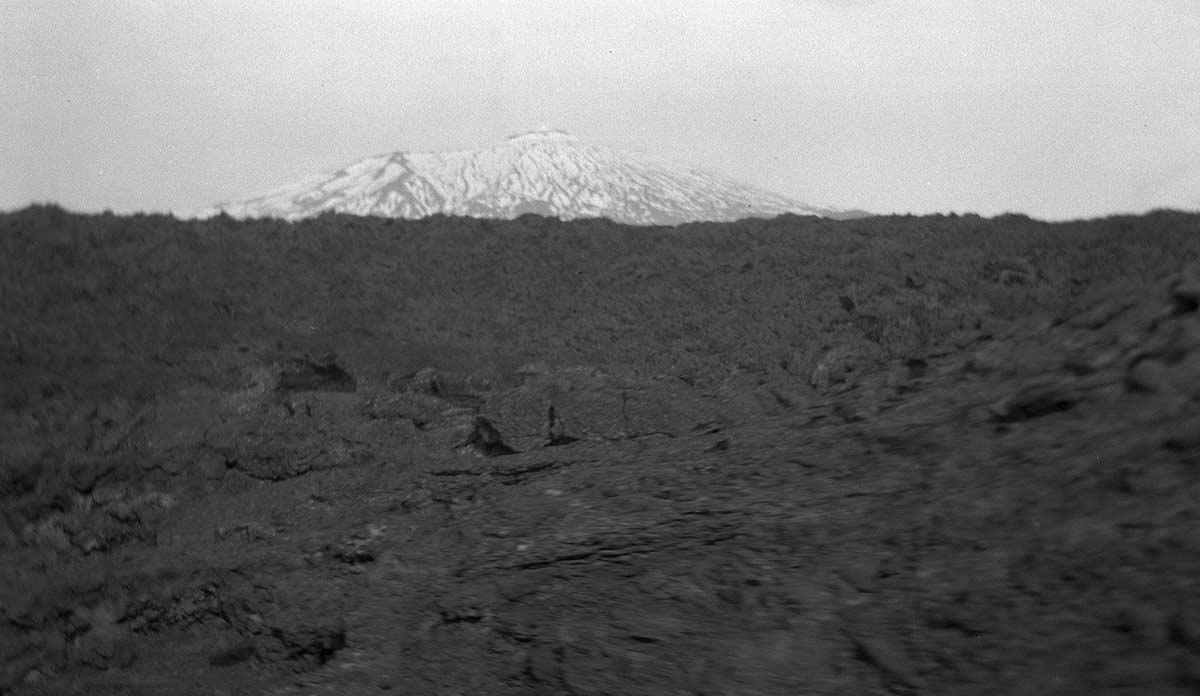

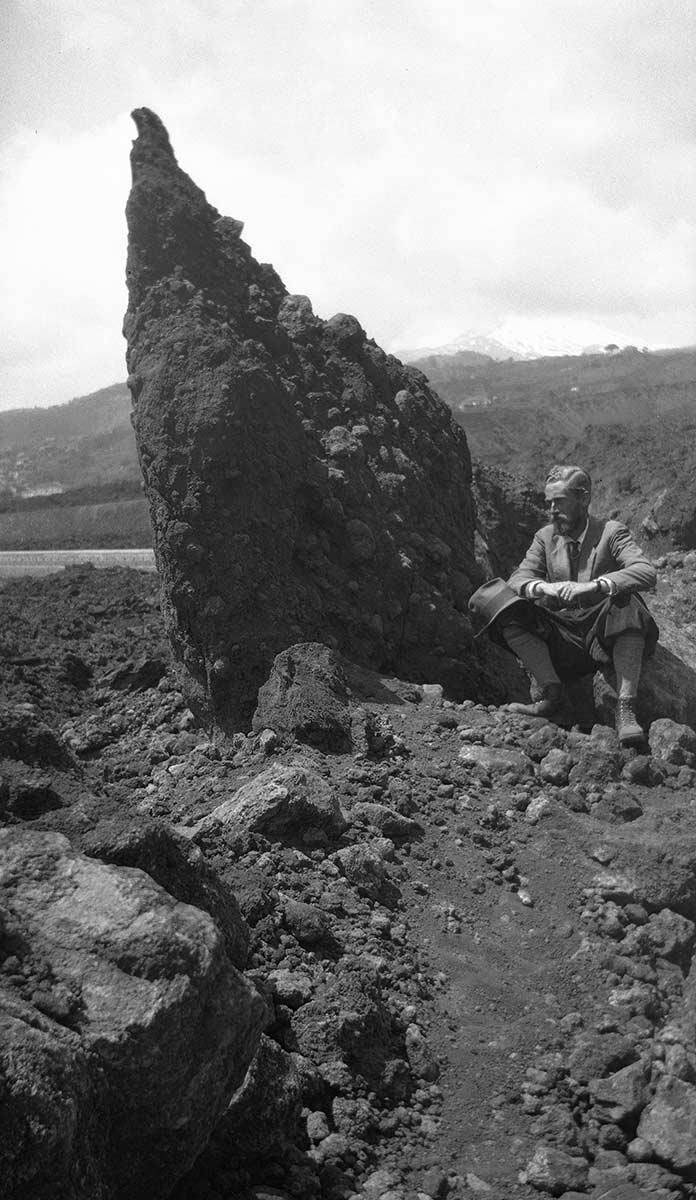
In the 1930s, M.C. Escher too found himself irresistibly drawn to Etna. He first visited Sicily in the spring of 1932, together with his friend Giuseppe Haas-Triverio. Together they returned in May 1935 and the following year he was there again, this time alone (four years after the first visit rather than three as he writes in his diary). The volcano was a regular stop on every trip. Logically, the cone dominates the landscape on the east side of the island. Mount Etna recurs in several (drawings, photos and) prints, especially in the winter of 1932-33, when he reworked the impressions of his first visit into prints. His work consistently shows Mount Etna itself, towering menacingly above the surrounding landscape.
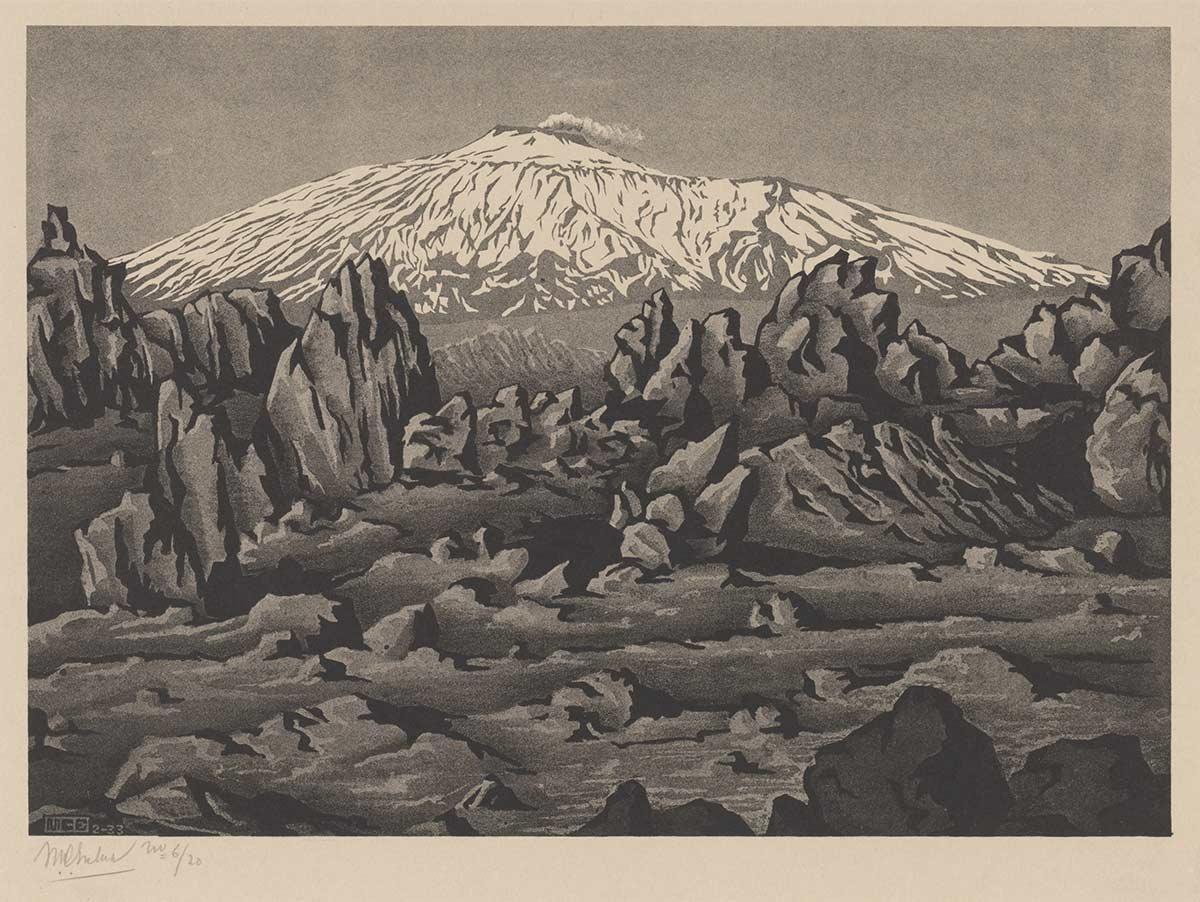
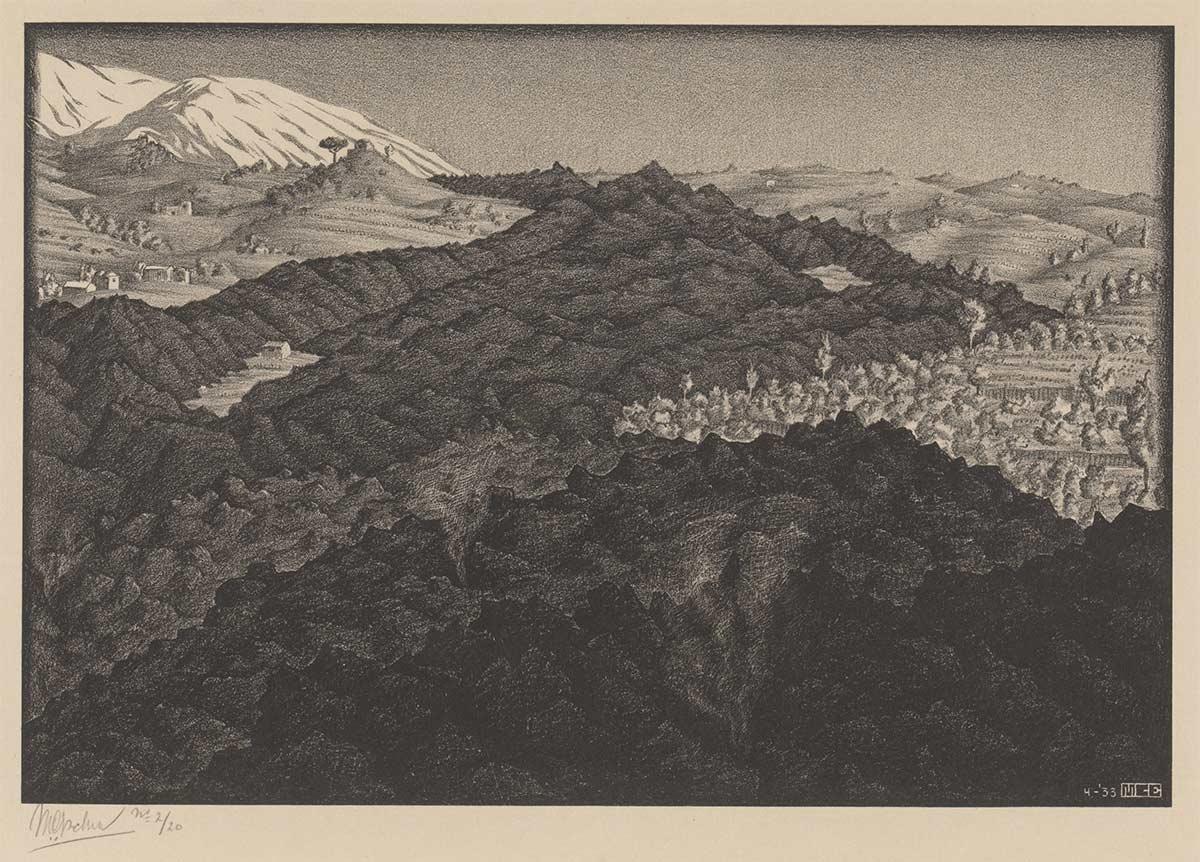
In the lithograph he created in August 1936, however, the volcano is conspicuous by its absence. Instead, Escher shows the consequences of the great eruption in November 1928, which completely wiped the village of Mascali off the map. The lava flow from that eruption was still visible in the landscape at the time, and Escher creates several prints about it. In Nunziata, a village close to Mascali, he found this house completely surrounded by black lava. An image that feels both dark and fairytale-like.
The print was displayed during an exhibition in Pulchri in The Hague in November 1936. Newspaper Het Vaderland wrote:*:
..two beautiful lithographs by Escher (whose graphic work is so personal that it is recognisable as his from a mile off); that cargo ship and especially “in Etna’s lava” with the tragic ruin of a white house like a white kernel in the hard shell of the lava chunks that have been kept very black and in which the violence of the eruption nevertheless lives on so poignantly in the cracks and fissures that all this amorphous mass is interesting.
The tragic ruin of the once proud house stands petrified by the lava and immortalised in Escher’s print. A permanent reminder of an impressive event in Sicilian history.
Back to 1928
In 2017, Catania, the Sicilian city at the foot of Mount Etna, hosted an Escher exhibition. At that exhibition Mrs. Francesca Failla saw this lithograph. She is the last heir to the Barabini family, and she realised that this house was her grandparents’ original home. That look of recognition turned out to be the starting point of an investigation by Sicilian journalist Michela Costa. This resulted in a short documentary and a book. The creation of the film and the search for the house were done by Maria Aloisi, with the help of Marco Restivo and Giuseppe Distefano of the Etnawalk association. Michela Costa participated in the writing of the story of Mrs. Failla. The documentary shows moving images of the aftermath of the 1928 eruption and the house is also recognisable in photos belonging to the Barabini family.
Allow cookies
You need to change your cookie preferences to view the following content.
The Pathé newsreel below also shows how the lava slowly takes over the environment. The residents have plenty of time to pack their things during this disaster taking place in slow motion. Nothing can withstand this enormous force of nature.
Allow cookies
You need to change your cookie preferences to view the following content.
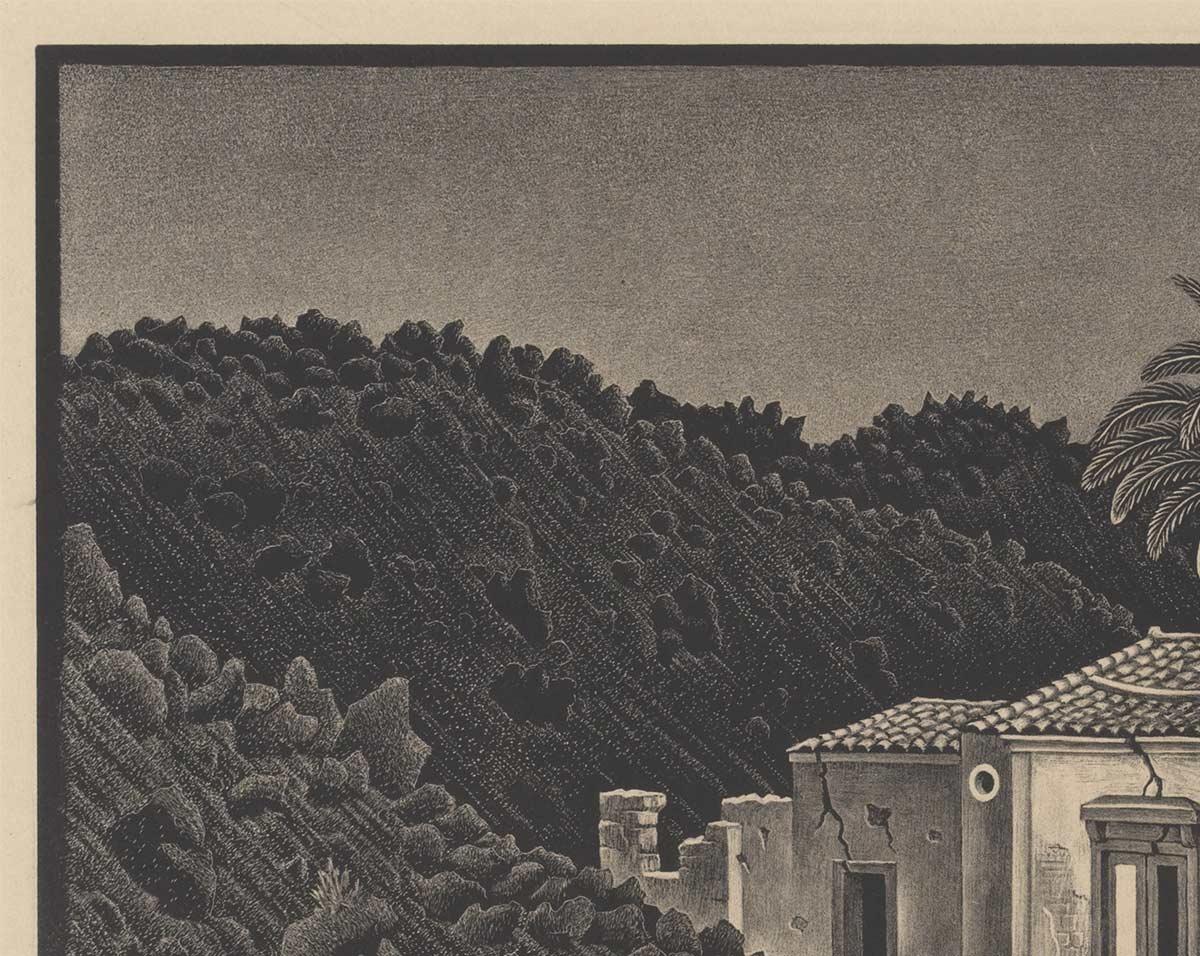
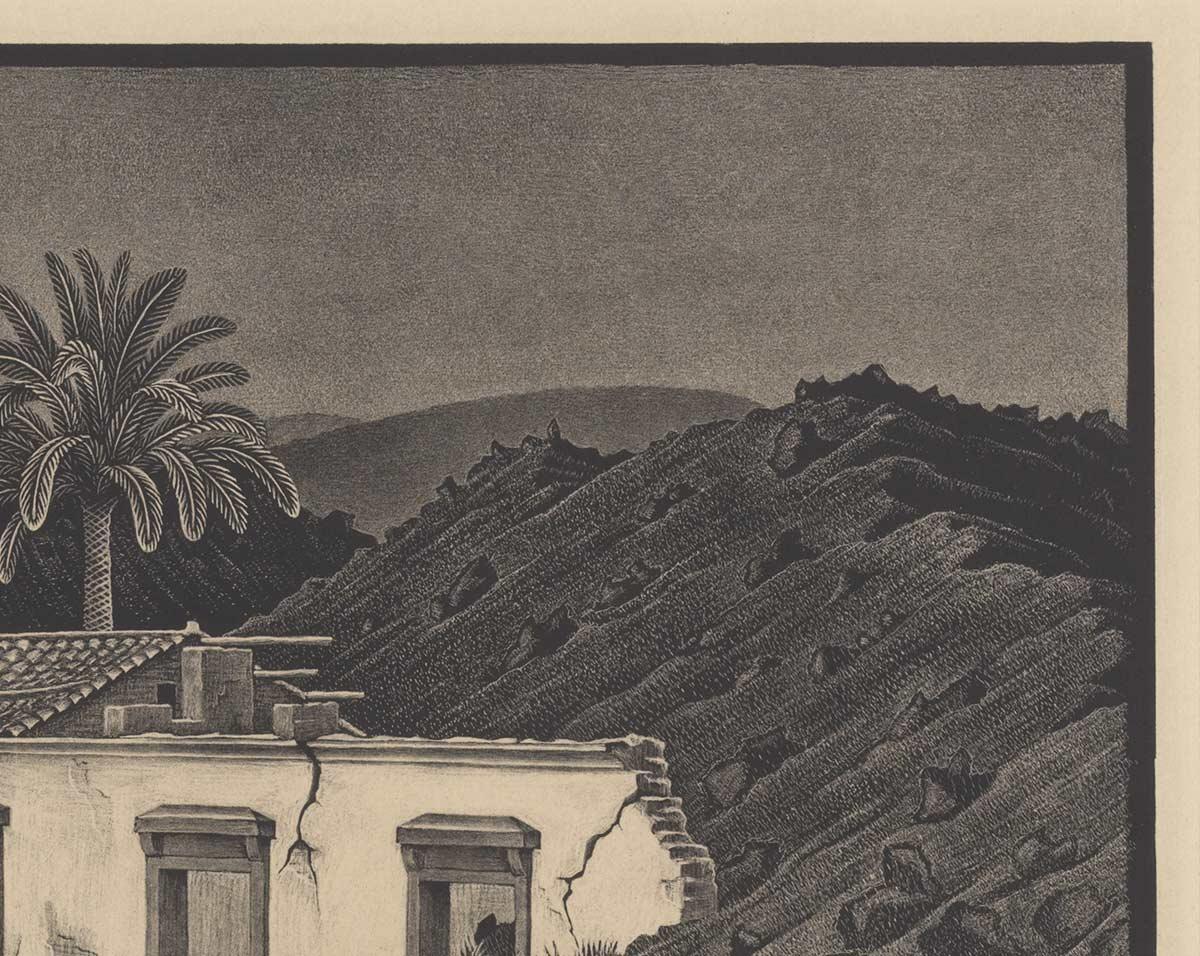
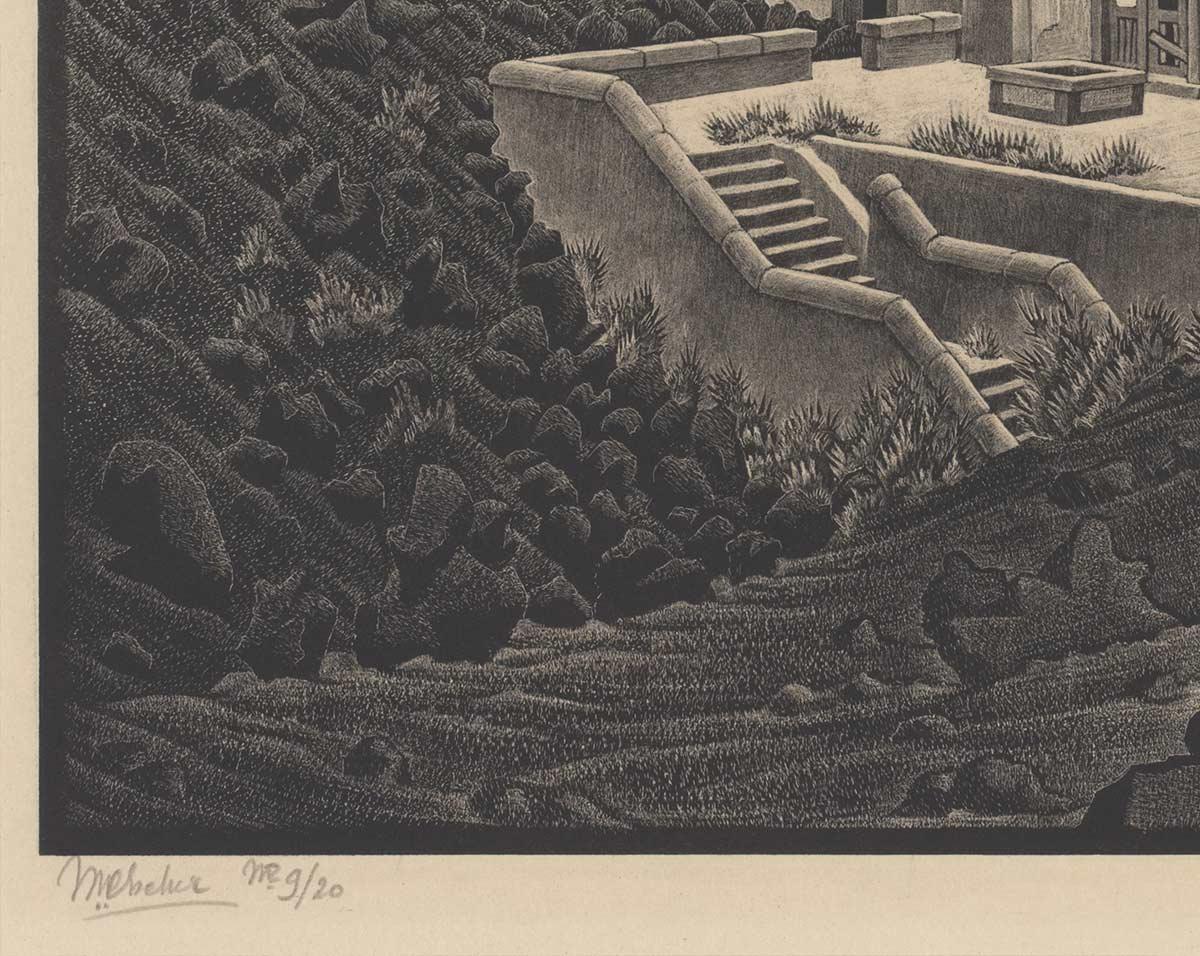
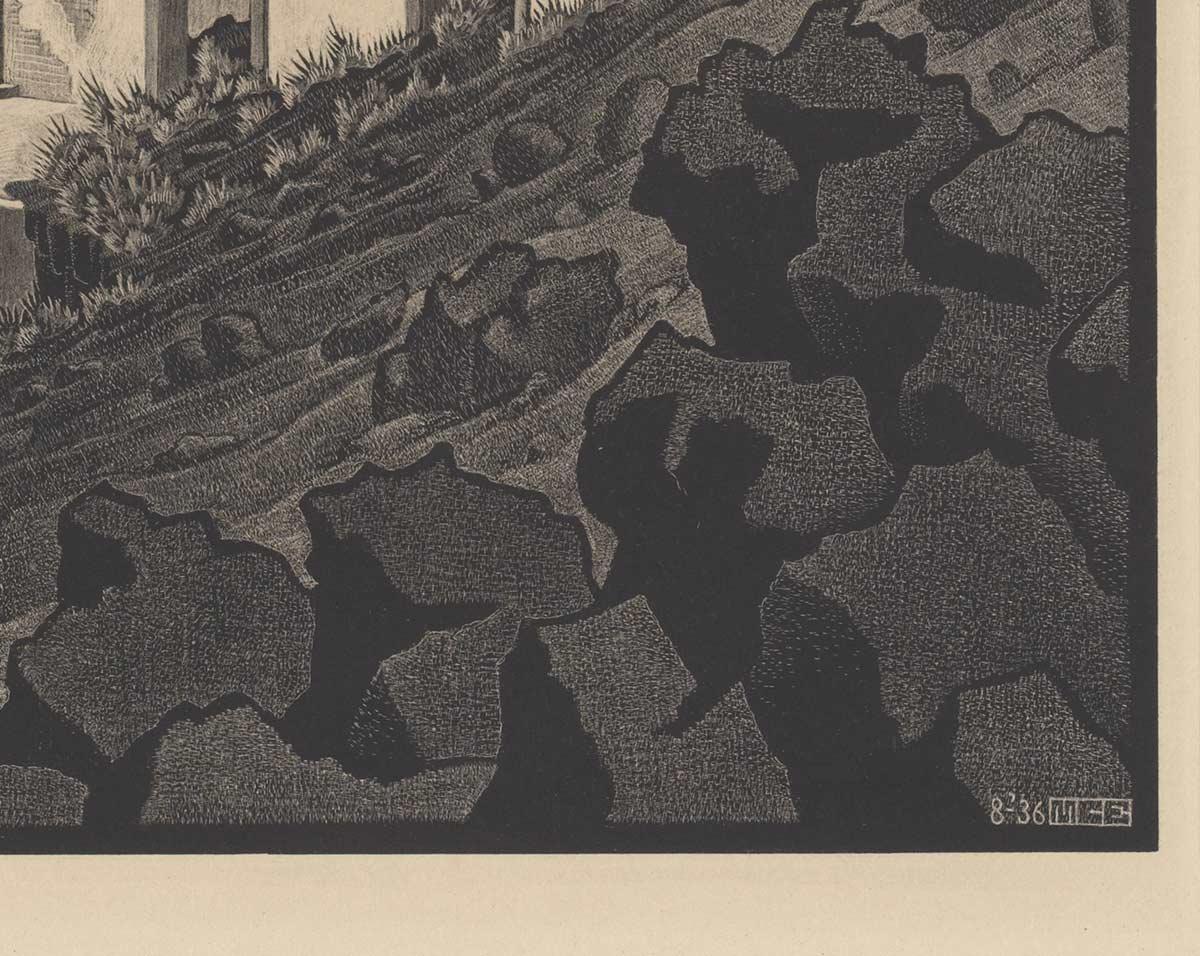

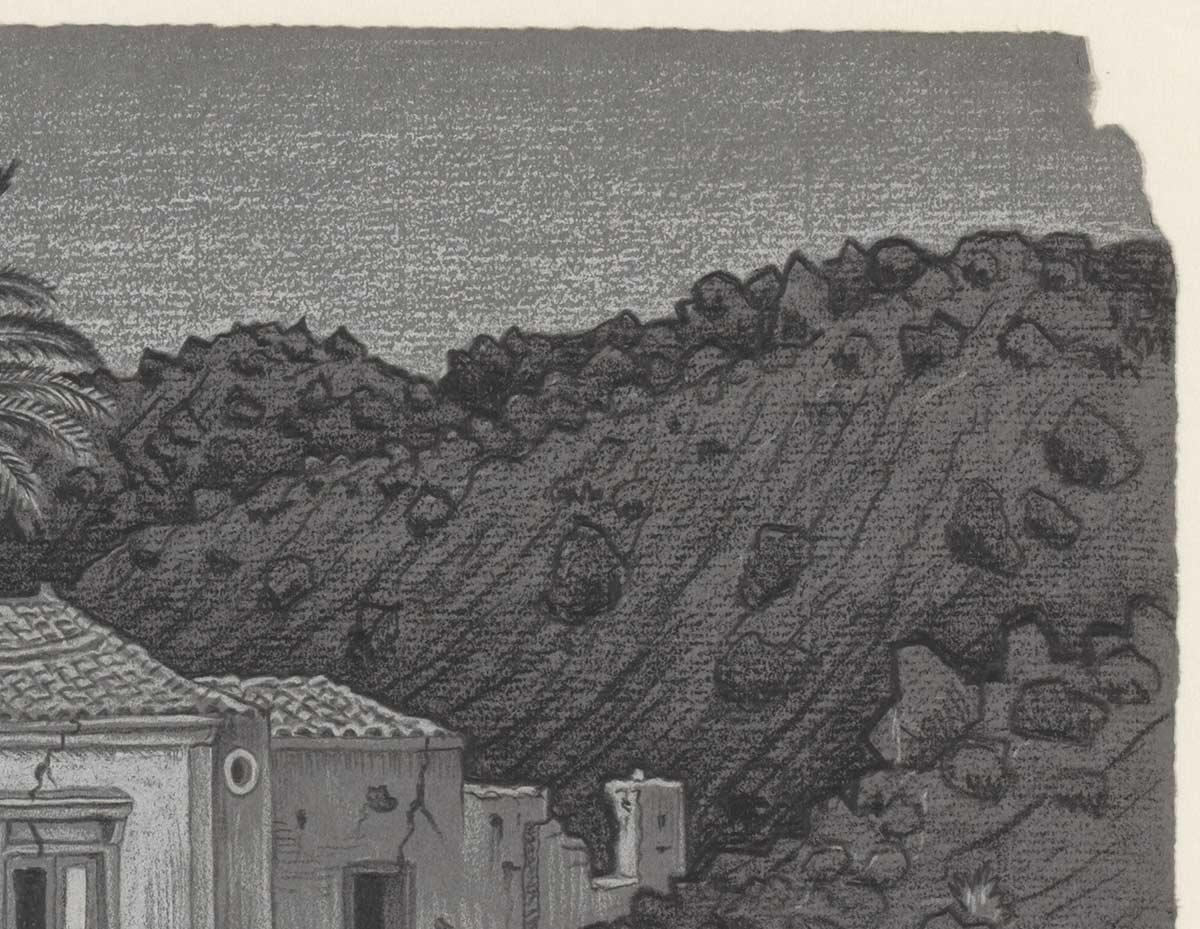
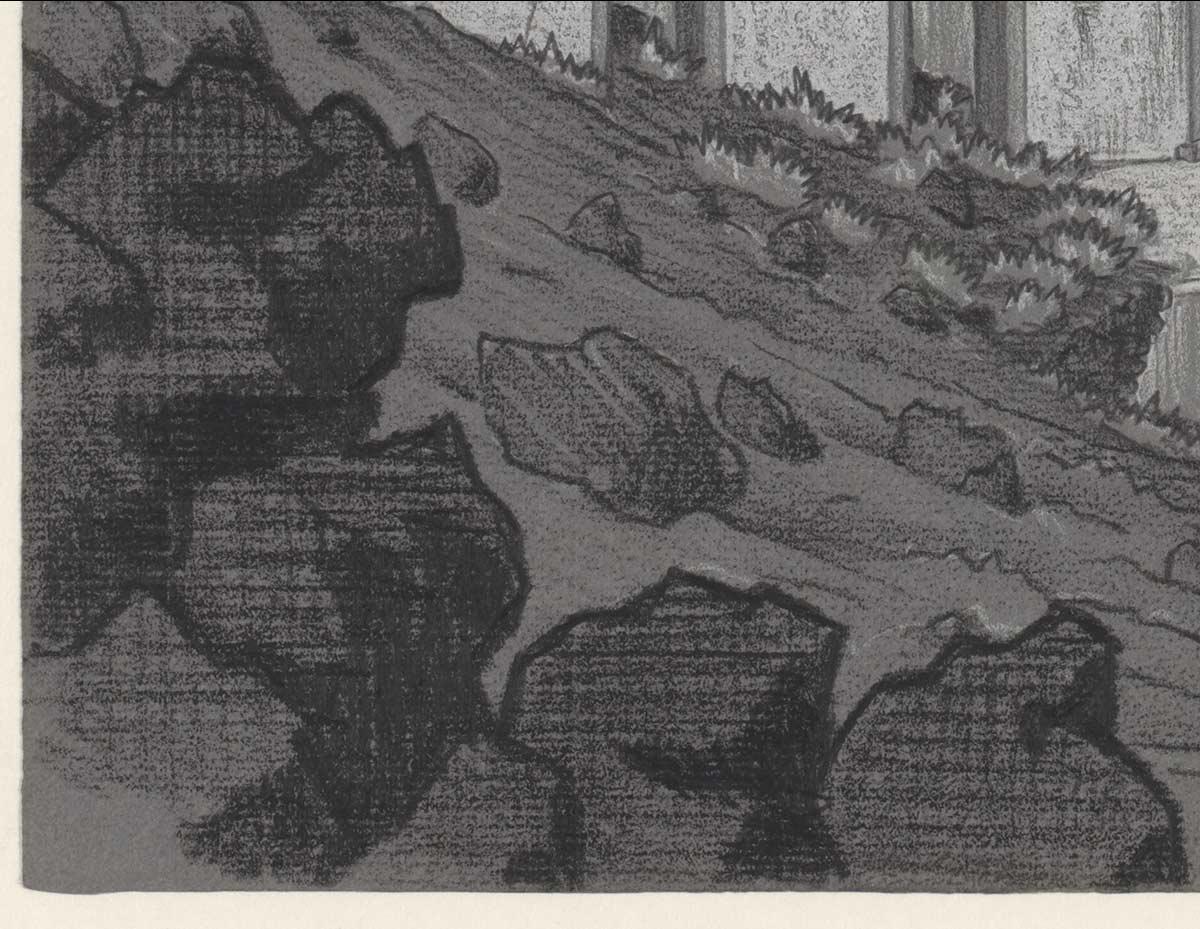
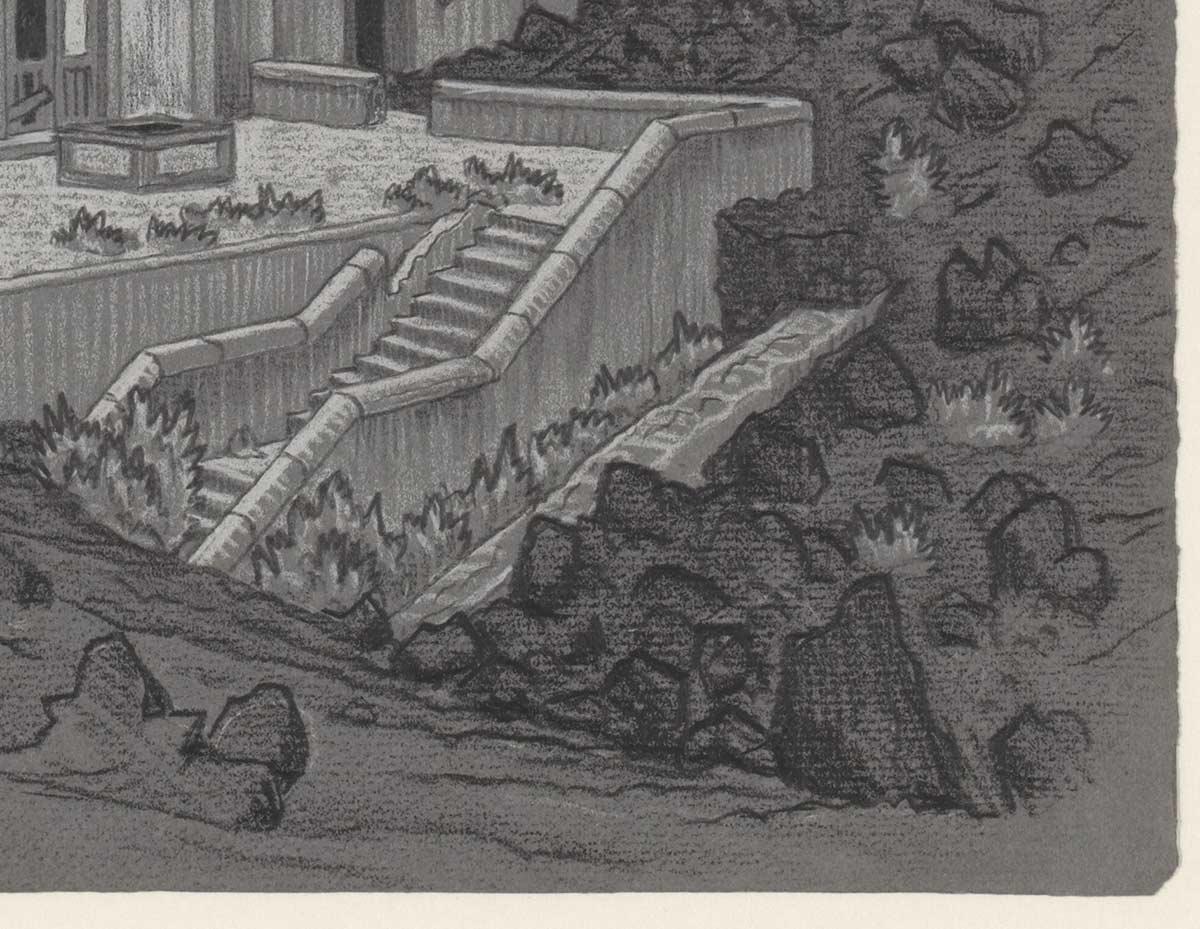
Allow cookies
You need to change your cookie preferences to view the following content.
Source
[*] Wim Hazeu, M.C. Escher, Een biografie, Meulenhoff, 1998, page 179
More Escher today

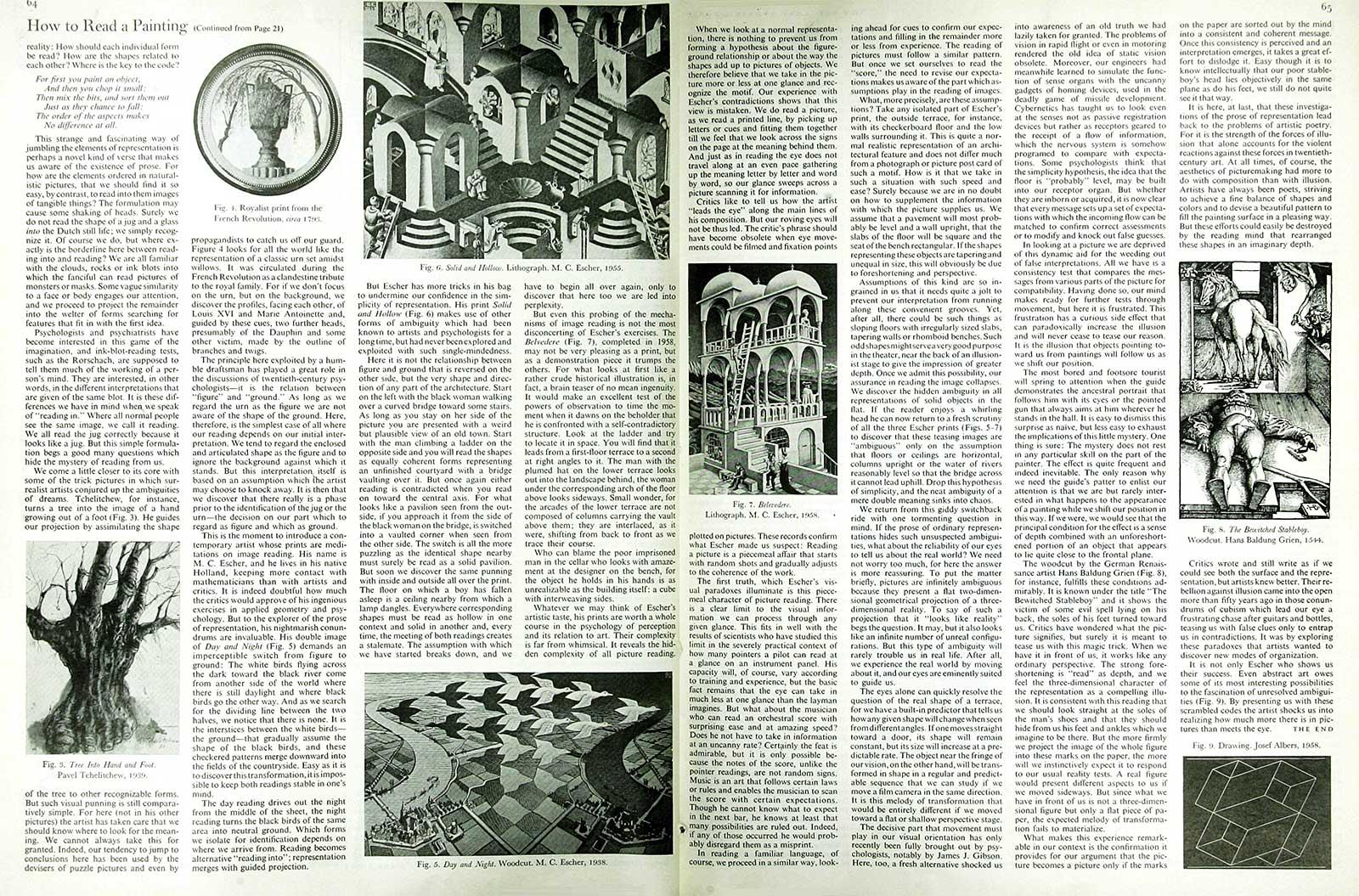
Ernst Gombrich on M.C. Escher
